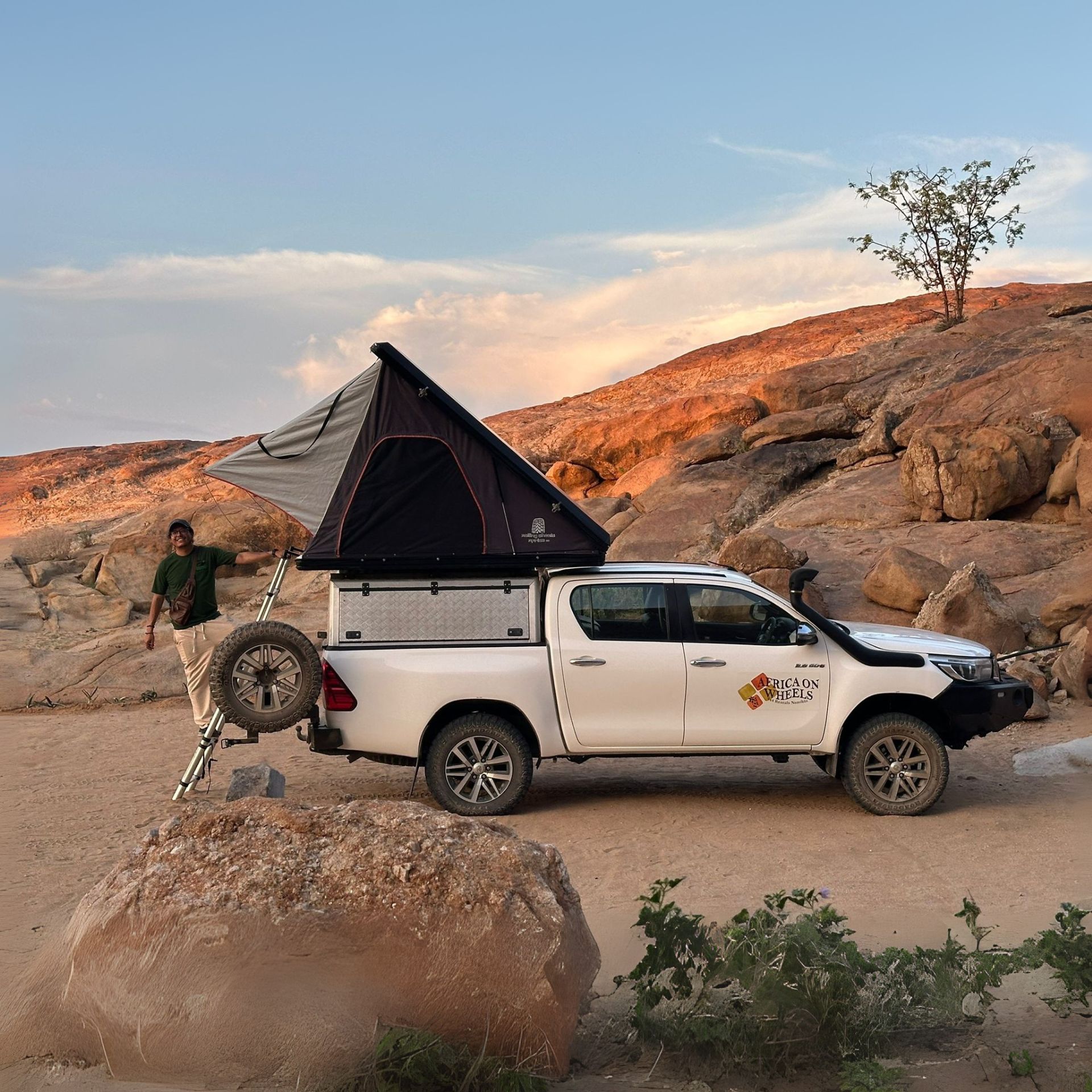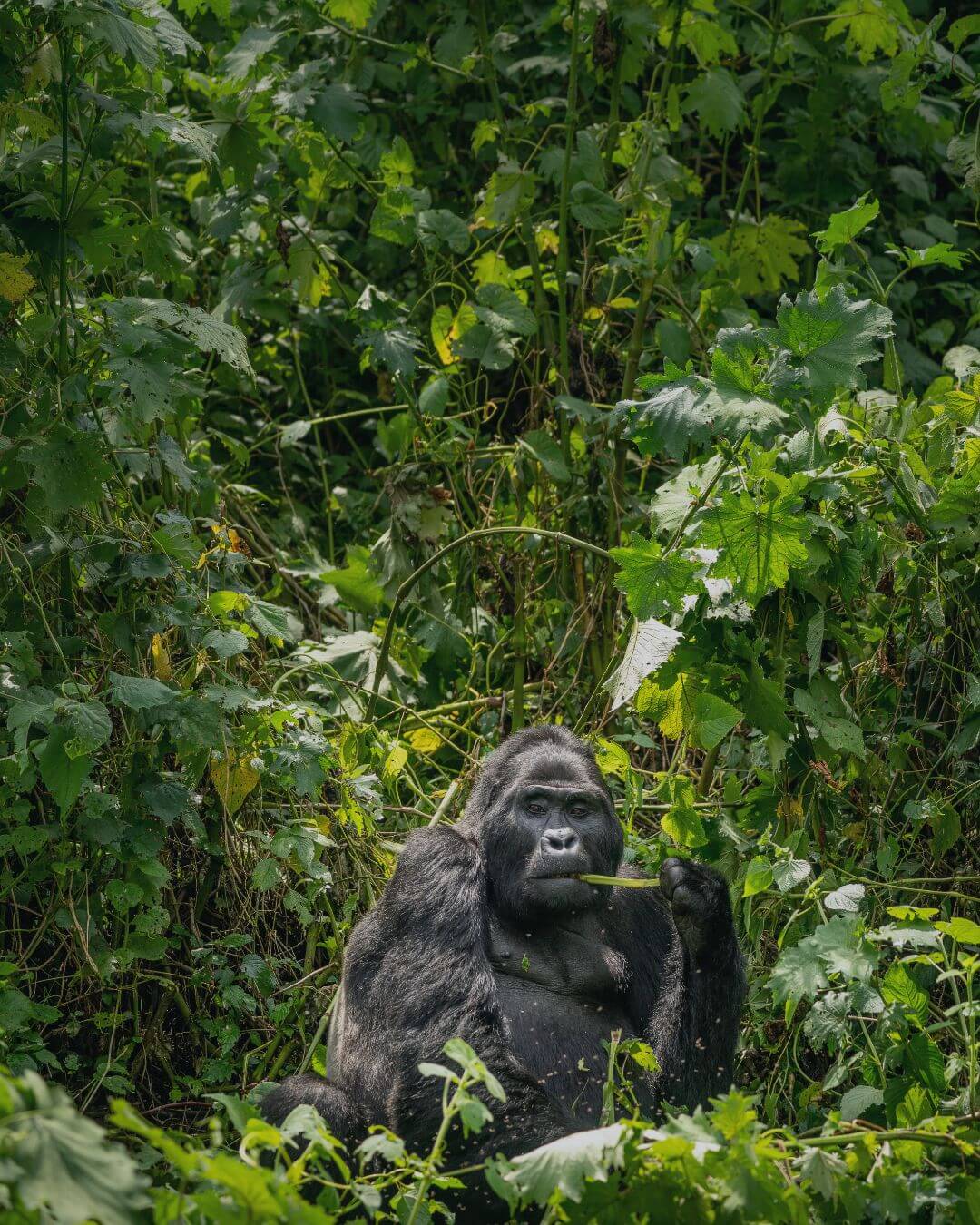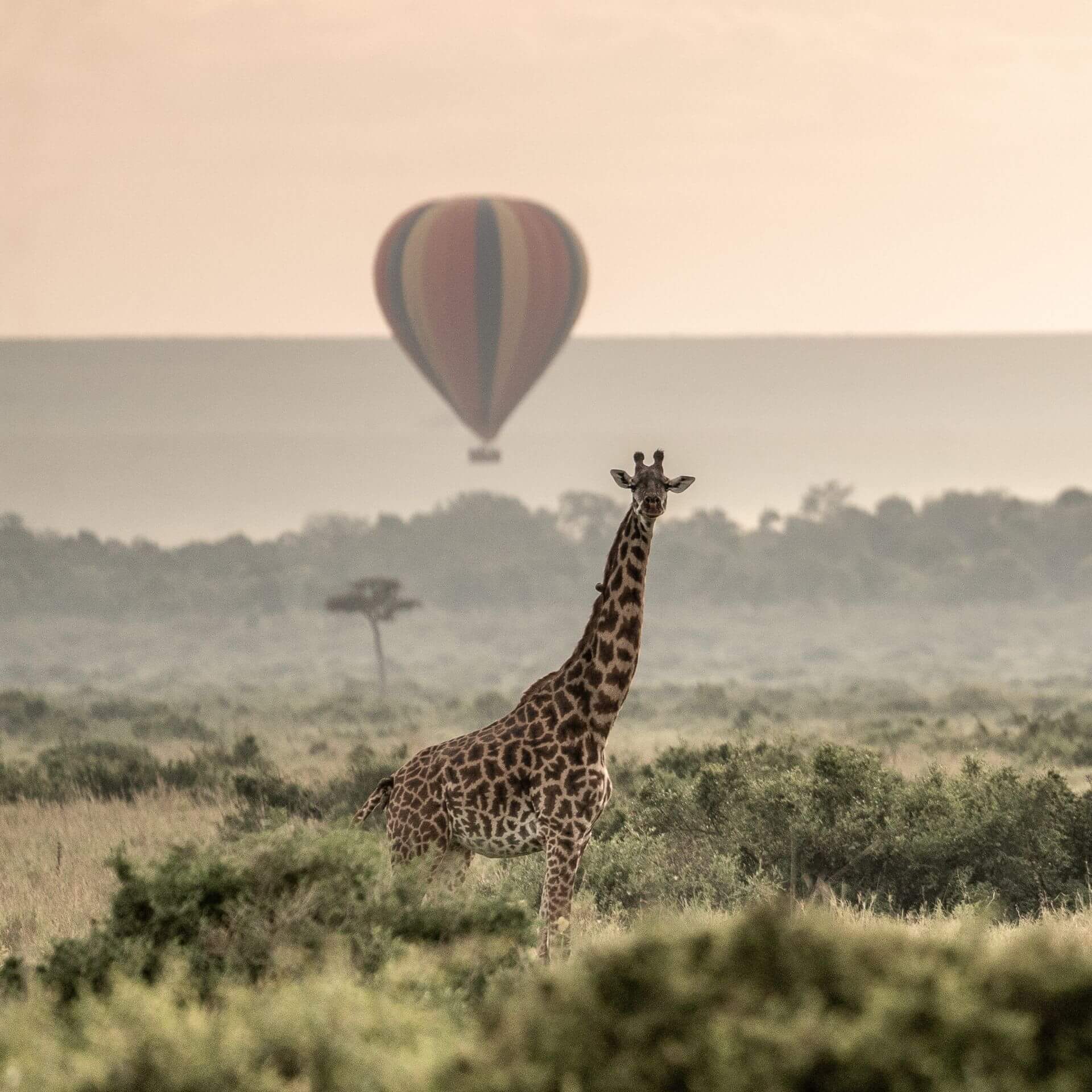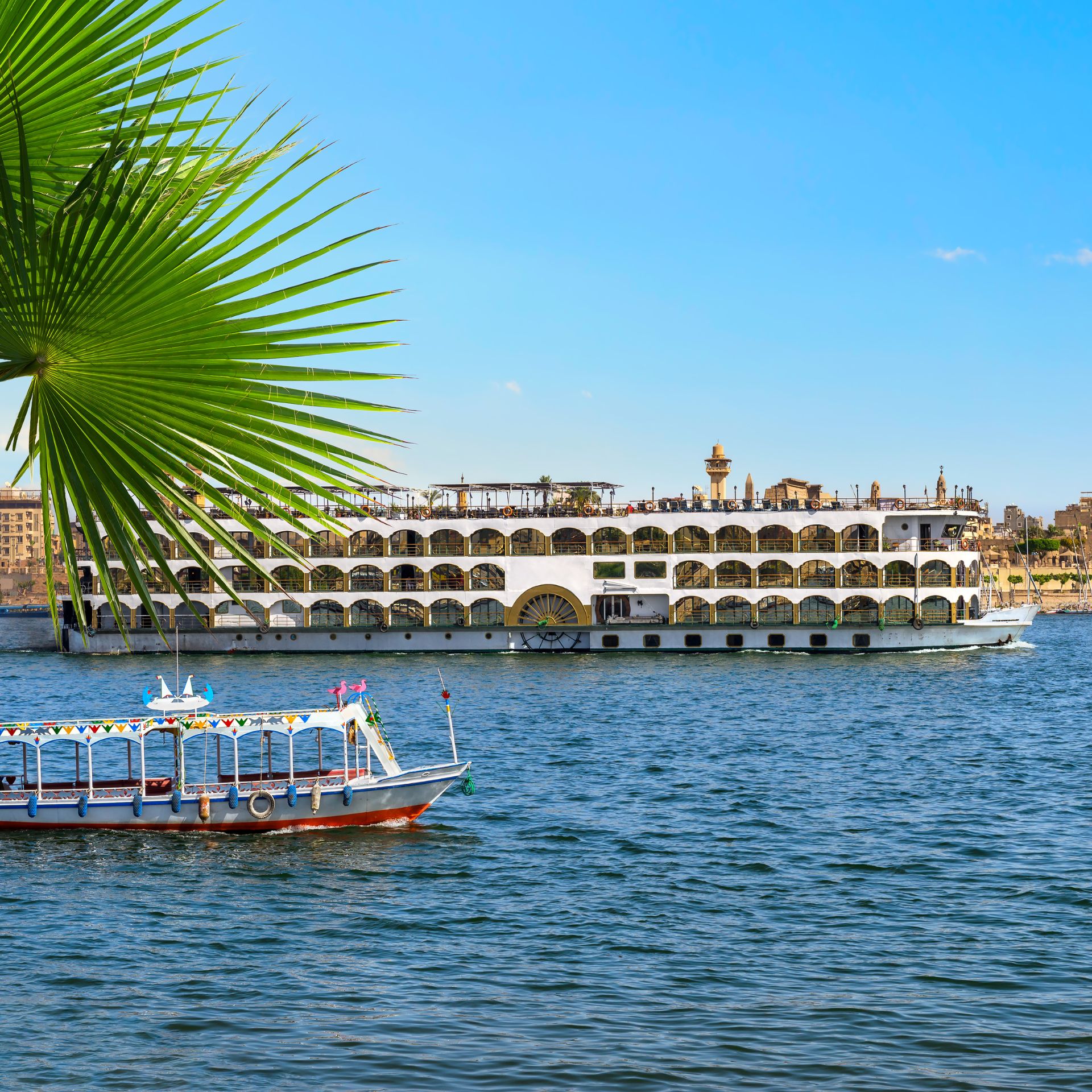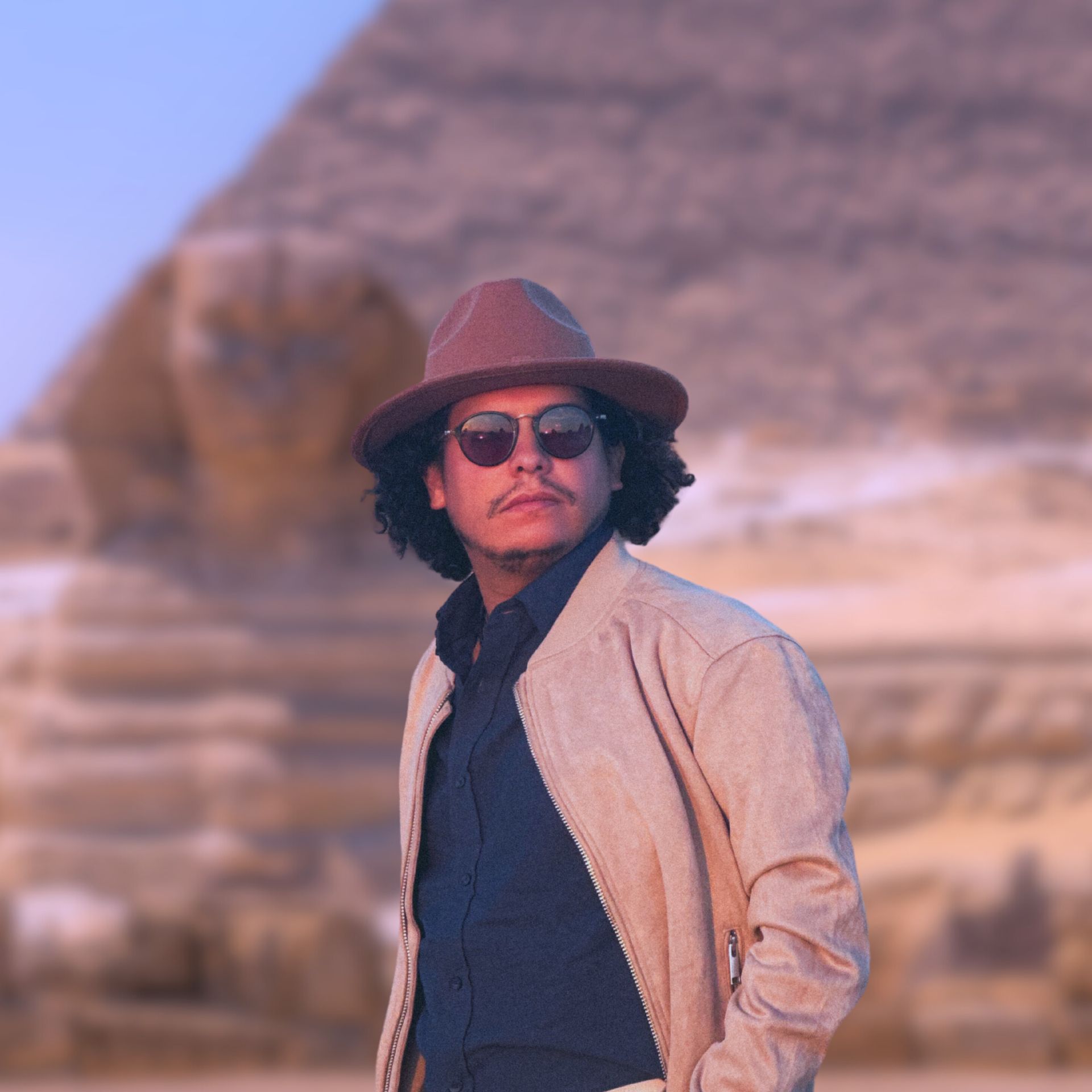Do you want to see as many elephants as you probably never imagined? A safari in Hwange National Park in Zimbabwe is the place to go.
Zimbabwe has been on top of my list for a while. It was one of the last safari destinations on my bucket list, and I was curious to see which one of their national parks is the best and why. Unlike Kenya, Tanzania, and South Africa, Zimbabwe is a bit off the radar for many travelers, while others tell me how amazing this country is.
I visited Zambezi National Park, Mana Pools National Park, and finished my trip at my highlight, Hwange National Park.
Logistics were not as simple as I thought they would be. From information about how to get in, to finding the right operator and the perfect itinerary. Here is everything you need to know about this national park, what makes it so special, and how you can plan your trip here.
Be connected at all times in Africa.
I recommend an e-SIM with Airalo. With them, I bought a plan of 10 GB for my whole stay in most countries.
Read more: How to choose the perfect African safari trip

Understanding Hwange National Park
Located in the western part of Zimbabwe, around 800 km away from Harare, Hwange is unfortunately not the most accessible park in southern Africa. Yet, this isolation from urban life is what makes Hwange such a hidden gem for safari lovers.
It is known for having over 100 species of mammals, including lions, elephants, cheetahs, and leopards, as well as more than 400 species of birds. Hwange also has one of the largest populations of elephants in the world – something only comparable to Chobe National Park in Botswana.
I visited Hwange National Park at the very end of the dry season, and while the conditions were not the best, I was able to see every species I wanted and way more. It has been the national park in which I have seen the largest number of elephants (over 100 in a single herd), and its big size, in combination with being a bit off-the-beaten track, makes Hwange a great destination for photographers.
Learn everything about safaris in my “safari only” section

Getting in Hwange National Park
Getting to Hwange National Park in Zimbabwe is not easy. It typically involves a combination of air and ground transportation, making it also an additional expense you will have to consider when booking a trip here.
Here are the different ways to access Hwange National Park:
By Air:
Victoria Falls International Airport (VFA): The closest major airport to Hwange is Victoria Falls International Airport. Many visitors fly into Victoria Falls and then travel by road to Hwange, which is approximately a 2 to 3-hour drive. Domestic flights and international flights from nearby countries are available to Victoria Falls.
Bulawayo Airport: Another option is to fly into Joshua Mqabuko Nkomo International Airport in Bulawayo. Bulawayo is closer to the southern entrance of Hwange National Park.
Private Charters: Some luxury lodges and safari operators offer private charter flights directly to airstrips within or near Hwange National Park. I flew with Wilderness Air to the Wilderness Linkwasha Camp. They have an airstrip located just an hour from the camp and already inside the national park.
Read more: Choosing Safaris: Private Conservancies Or National Parks?

By Road:
Visitors can also reach Hwange National Park by road. The main entry points are through the various gates around the park. The main road leading to Hwange is the A8 highway.
Another option is from Victoria Falls. You can take a road transfer or self-drive to Hwange National Park. The journey takes around 2 to 3 hours, depending on the specific entrance gate. If you are traveling from Bulawayo, the drive to Hwange takes approximately 5 to 6 hours. From Harare, it is recommended to travel and stay overnight in Bulawayo.
Arriving using public transport is, in theory, possible. However, I can’t imagine the logistical nightmare of doing so. I traveled from Harare to Victoria Falls using a public bus, and it took not only ages but also was not as easy to organize as I thought it would be.
Private Transfers and Guided Safaris: Many lodges and safari operators offer private transfers from one of the nearby international airports to their accommodations within Hwange. After doing the calculations, it is cheaper to book a full package that would include transportation, accommodation, and activities inside the national park.
Most travelers also combine Victoria Falls with Hwange National Park. It is the most popular tour offered in the country, and if you do it with one single operator, you can end up saving some nerves when planning and also some money.
If you want to plan it independently, you can book transfers and accommodation. For game drives, most accommodation options have their own guides you can book for the day.
Read more: How to plan a safari trip on a budget
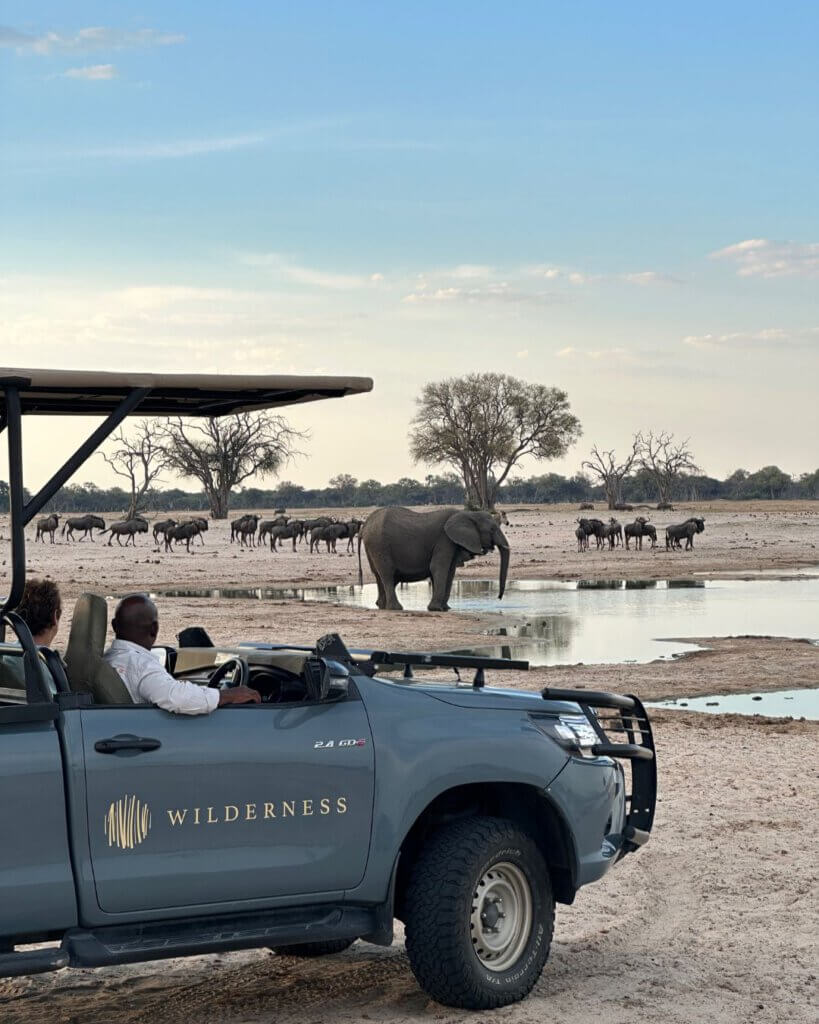
NOTE:
Is self-drive allowed in Hwange National Park?
Yes. Self-driving is allowed. However, this is something I would not recommend. Your travel experience will completely change by doing so (not in a positive way), and I can only say that travelers who have been in Hwange more than a handful of times should consider this as an option.
Best time to travel to Hwange National Park
The best time to visit Hwange National Park depends on your preferences and the experiences you seek. Here are two main seasons to consider:
Dry Season (May to October):
May to August: This period is winter in the Southern Hemisphere, and it’s the dry season. Days are warm, and nights can be cool. Wildlife viewing is excellent during this time as animals gather around water sources, making them easier to spot. Vegetation is less dense, providing clear visibility.
September and October: These months are also part of the dry season, and temperatures start to rise. Wildlife viewing remains good, and the lack of rain makes it an optimal time for game drives.
Wet Season (November to April):
November: The end of the dry season, and some rain may start. It’s a transitional period.
December to March: These are the wettest months, with heavy rains. While the landscape becomes lush and green, wildlife is more dispersed, and some areas of the park may be inaccessible due to flooding.
April: Towards the end of the wet season, rains start to decrease. It’s a good time for bird watching, and the landscape is still green.
Read more: Which are the top safari experiences in Africa

Factors to Consider:
- Wildlife Migration: During the dry season, wildlife congregates around waterholes, providing excellent opportunities for game viewing. In the wet season, animals disperse, and vegetation is denser, making it more challenging to spot wildlife.
- Photography: The dry season is often preferred for photography due to clearer skies and better visibility. However, the wet season can offer unique shots with lush landscapes and dramatic skies.
- Bird Watching: The wet season is fantastic for bird watching as migratory birds arrive, and the landscape is teeming with birdlife.

Where to stay:
In Hwange National Park, you can find various types of accommodation that range to different preferences and budgets. Unfortunately, I was not able to test them all. However, I informed myself through local guides, and experts in the area, which are the different types of accommodation and which are the pros and cons of each of them.
Lodges:
Safari lodges are the standard for a safari experience. They may range from mid-range to luxury and provide a variety of amenities. All lodges also offer game drives and usually come in a package in which the drives are already included.
Read more: The importance of wildlife reintroduction in Africa

Tented Camps, bush camps and campsites:
Tented camps offer a more immersive and rustic experience. Tended camps allow guests to stay in semi-permanent tents that provide a close connection with the natural surrounding, while bush camps are more very basic accommodations in the middle of the wilderness. These camps often offer guided safari activities.
Private Concessions:
Some areas adjacent to Hwange National Park are designated as private concessions. Private concessions offer exclusive safari experiences with fewer crowds. Accommodation in these areas may include luxury lodges or tented camps. During my stay in Hwange, I tried the Wilderness concession. It is one of the largest and best concession for wildlife sighting. This is in my opinion the best option for those who want privacy and a very personal safari experience.
NOTE: Wild camping is not allowed in Hwange National Park
Read more: Which are the top activities to do in Victoria Falls

Prices and Permits
By the end of 2023, the entrance fees and permit costs for Hwange National Park in Zimbabwe were as follows:
- Entrance Fees:
- International Visitors: USD 30 per person per day
- SADC (Southern African Development Community) Residents: USD 20 per person per day
- Zimbabwean Residents: USD 10 per person per day
- Vehicle Fees:
- International Visitors: USD 10 per vehicle per day
- SADC Residents: USD 5 per vehicle per day
- Zimbabwean Residents: USD 2 per vehicle per day
- Guided Walking Safaris:
- Fees vary depending on the operator and the duration of the walk. It’s recommended to arrange walking safaris through authorized operators within the park.
NOTE: For those booking full packages, the entrance fees and permits will be included in the total price. When doing an independent booking, ask if all fees are already covered or not. Fortunately, unlike Masai Mara or Serengeti, the fees for Hwange National Park are not as high.
Read more: How to travel around Zimbabwe
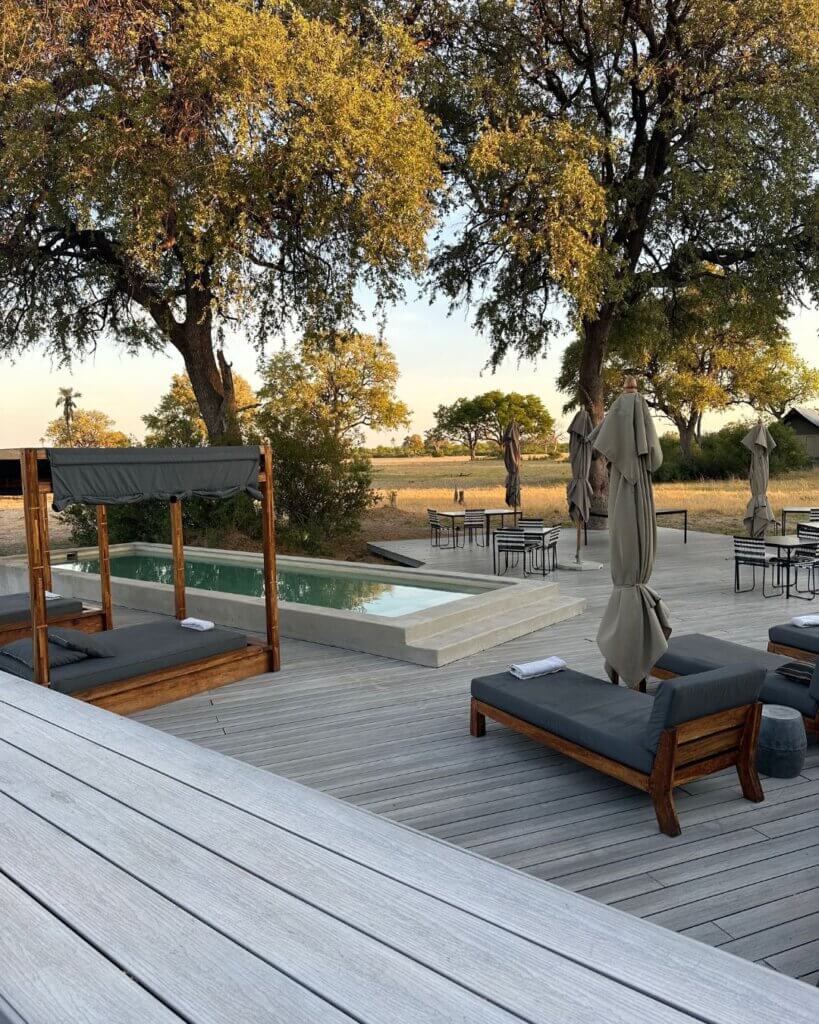
Do I recommend a safari in Hwange National Park?
Hwange National Park really surprised me in a positive way. It is one of the best national parks I’ve visited, and the quality of the game drives is incredible. I would definitely add this one to my list of top safari parks in the world. For anyone who is tired of the mass tourism happening at Chobe National Park, Kruger National Park, or Masai Mara Natural Reserve, this one is a great alternative for you to explore.
Would I recommend a private concession?
I stayed at the Wilderness Safaris private concession. This is one of the most beautiful parts of the national park, and comparing it to the rest of Hwange National Park would be unfair. Yes, a safari with Wilderness is quite expensive, but the quality is outstanding. You pay for a very exclusive experience in one of the best spots in Hwange National Park.
Expect to see herds of hundreds of elephants in a single day and wake up with baby elephants roaming around the swimming pool.
Read more: Everything you need to know before traveling to Victoria Falls.

From a photography perspective, private conservancies offer a very personal and unique experience. You are exploring wildlife with just your guide, and this kind of connection with nature is something that does not come quite often.
And finally, from the conservation aspect, private conservancies do a lot. Inform yourself about the projects of each conservancy and try to put your money in an organization that aligns with the same values as you. Wilderness Safaris has been working for conservation for over 30 years, and this was one of the key factors for me to do a safari with them.
